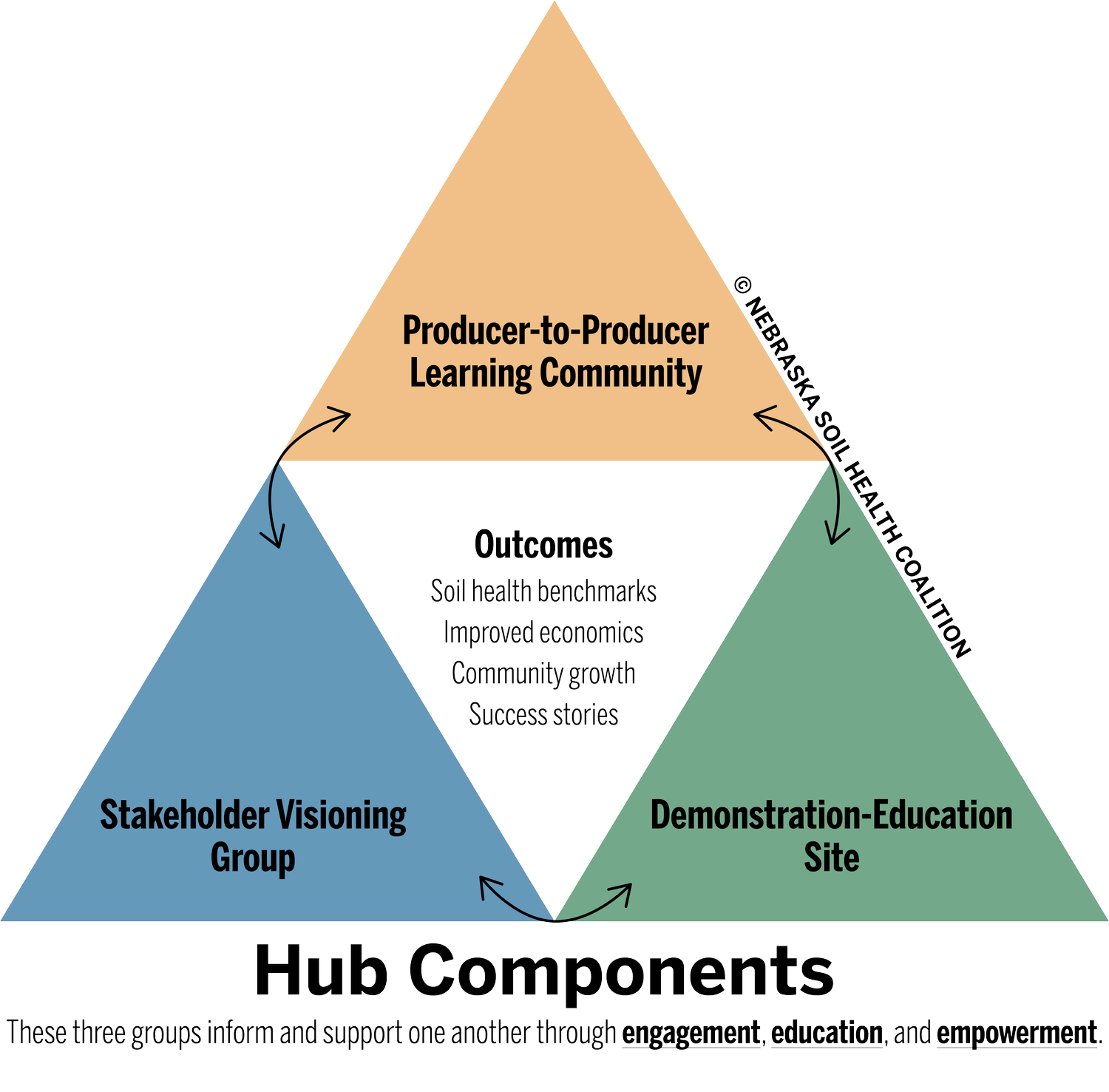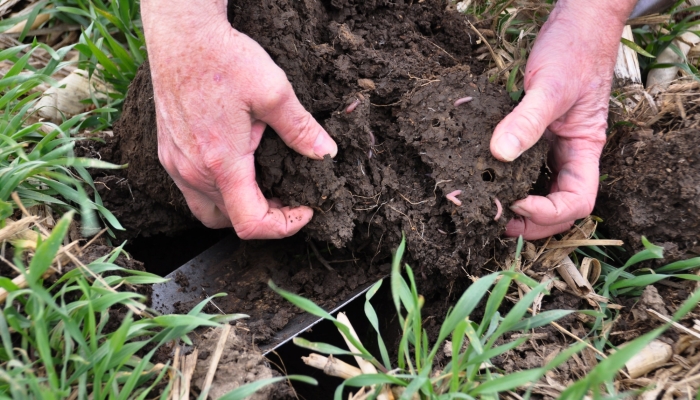Investing In Soil Health
 By Davis Behle, Nebraska Soil Health Coalition Network Director
By Davis Behle, Nebraska Soil Health Coalition Network Director
What does it mean to "invest?" Whether it’s in a context of finance, relationships, or health, I would define investing as committing resources to generate a positive return.
Within the realm of soil health, investing is often referred to as conservation. To keep an asset working for us - in this case, the land - we must conserve it, protecting and nurturing the value it holds. Most would agree that conservation is important and noble, but it’s not always viewed as a financial strategy. "Conservation" can sound like an expense. "Investment," on the other hand, implies growth and positive returns.
Many conservation practices deserve to be reconsidered as investments. Practices like reducing tillage, planting cover crops, or extending crop rotations are not just conservation ideas - they are strategic decisions with the potential for positive returns, often even in the first year. That said, they can also present short-term risks or variability. So why do producers take the leap, and more importantly, why do they stick with it?
Picture a graph of the S&P 500 over the last 60 years. It’s a jagged line with many ups and downs, but the long-term trend is undeniable: up and to the right. Soil health follows a similar trajectory. The first year might be unpredictable, but the long-term benefits - based on well-established principles - make it worthwhile.
The principles of soil health include keeping the soil covered, minimizing disturbance, maximizing diversity, and maintaining a living root as much as possible. As producers apply these practices, it may feel like a bumpy ride, but over time, the benefits accumulate: better profits, increased resilience, time savings, improved quality of life, and positive environmental outcomes.
To support this long-term approach, the Nebraska Soil Health Coalition provides tools and support designed to help producers make and maintain soil health investments. Our regional, hub-based model offers localized assistance that connects producers with meaningful data and real-world examples.
Within our first two hubs, the Coalition is providing economic, social, and environmental analyses which are being conducted by state and national partners. This data is helping producers track the impact of their management decisions. These insights allow them to better understand their own operations and share lessons with others on the same path. By connecting farmers and ranchers through Producer Learning Communities, they can experience the necessary relational and technical support needed for the journey.
In addition, Stakeholder Visioning Groups (SVGs) are also connecting community leaders from various sectors - business, healthcare, education, and conservation, to name a few - to talk about the importance of soil health and how it impacts much more than agriculture. By taking on topics like water quality and creating new markets, the SVG is addressing opportunities for community health and growth that also help producers adopt soil health systems.
If you would like to hear more about the work of the Nebraska Soil Health Coalition, please visit our website at www.nesoilhealth.org. By working together to invest in soil health, we can generate significant positive returns to the land, the environment, and our communities.


